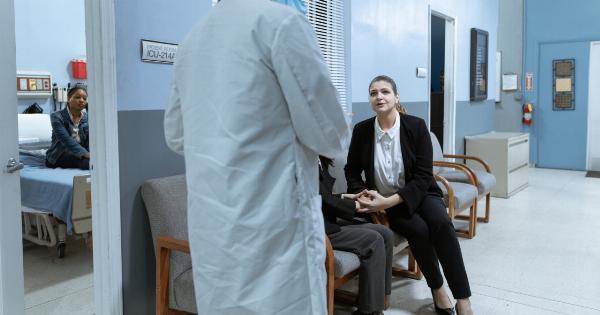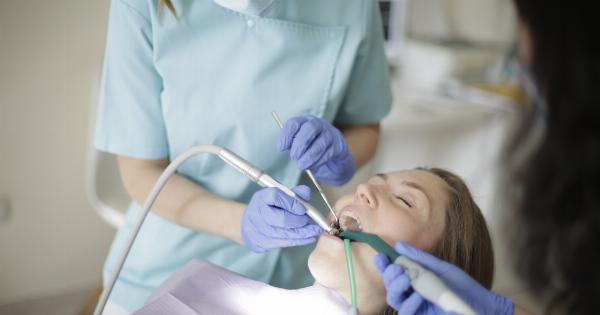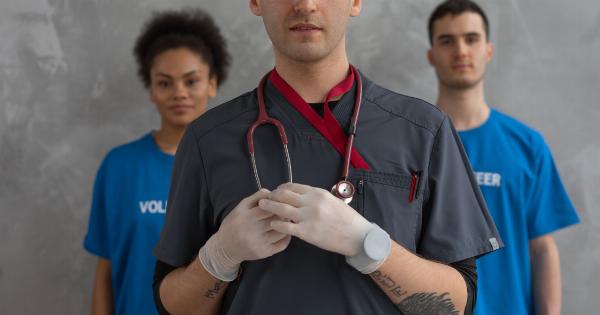Medical errors occur more frequently than we might realize, and the consequences can be severe. Despite the continuous advancements in healthcare, mistakes still happen.
In this article, we will explore ten surprising facts about common medical errors that shed light on the issue and emphasize the need for improved patient safety measures.
The Third Leading Cause of Death
Medical errors are one of the leading causes of death in the United States, preceded only by heart disease and cancer. Various studies estimate that between 250,000 and 440,000 people die every year as a result of medical errors.
This alarming statistic highlights the urgency for hospitals and healthcare providers to address systemic issues.
Diagnostic Errors: More Common Than You Think
Diagnostic errors often go unnoticed compared to other types of medical errors. It is estimated that around 12 million patients in the US experience diagnostic errors every year.
These errors can lead to delayed or incorrect treatments, causing further harm and potentially fatal consequences.
Communication Breakdowns as a Root Cause
Inadequate communication among healthcare professionals is a major contributing factor to medical errors.
Poorly documented medical records, illegible handwriting, and lack of effective communication protocols can all lead to erroneous diagnoses, medication errors, and ineffective treatments.
Medication Errors: A Widespread Issue
Medication errors are surprisingly common and can have severe consequences. An estimated 1.3 million people in the US are injured each year due to medication errors.
These errors range from incorrect prescriptions to administering the wrong dosage, resulting in adverse drug reactions and even death.
Surgical Errors: Occurring More Often Than You Know
Surgical errors are another alarming aspect of medical mistakes. Approximately 4,000 preventable surgical mistakes occur in the US each year.
These errors include wrong-site surgeries, leaving surgical instruments inside patients, and errors in anesthesia administration.
Infections: Preventable Yet Significant
Healthcare-associated infections (HAIs) are prevalent and often avoidable. It is estimated that two million patients in the US acquire HAIs, resulting in nearly 90,000 deaths annually.
Proper sanitation, hand hygiene, and adherence to infection control protocols are crucial in preventing these infections.
Systemic Underreporting
Medical errors are significantly underreported due to various reasons, including fear of litigation, professional reputation concerns, and lack of reporting mechanisms.
It is estimated that only 10% of medical errors are reported, hindering efforts to identify and rectify prevalent issues.
Fatigue: A Silent Contributor
Healthcare professionals often work long hours, leading to fatigue, which can impair judgment and medical decision-making. Research suggests that sleep deprivation and fatigue among healthcare providers contribute to a higher risk of medical errors.
Addressing work hours and ensuring sufficient rest periods can help mitigate this risk.
Technology: A Double-Edged Sword
While technology has significantly improved healthcare, it also introduces new avenues for error. Electronic Health Records (EHR) can be prone to errors such as copy-paste mistakes or incorrect data entry.
It is essential to implement robust EHR systems and provide adequate training to healthcare providers to utilize technology effectively.
Patient Empowerment and Shared Decision-Making
Engaging patients in their treatment plans and encouraging shared decision-making can significantly reduce medical errors.
Educating patients about their conditions, treatment options, and potential risks empowers them to actively participate in their healthcare journey. This collaboration between patients and healthcare providers improves accuracy and fosters more effective care.



























